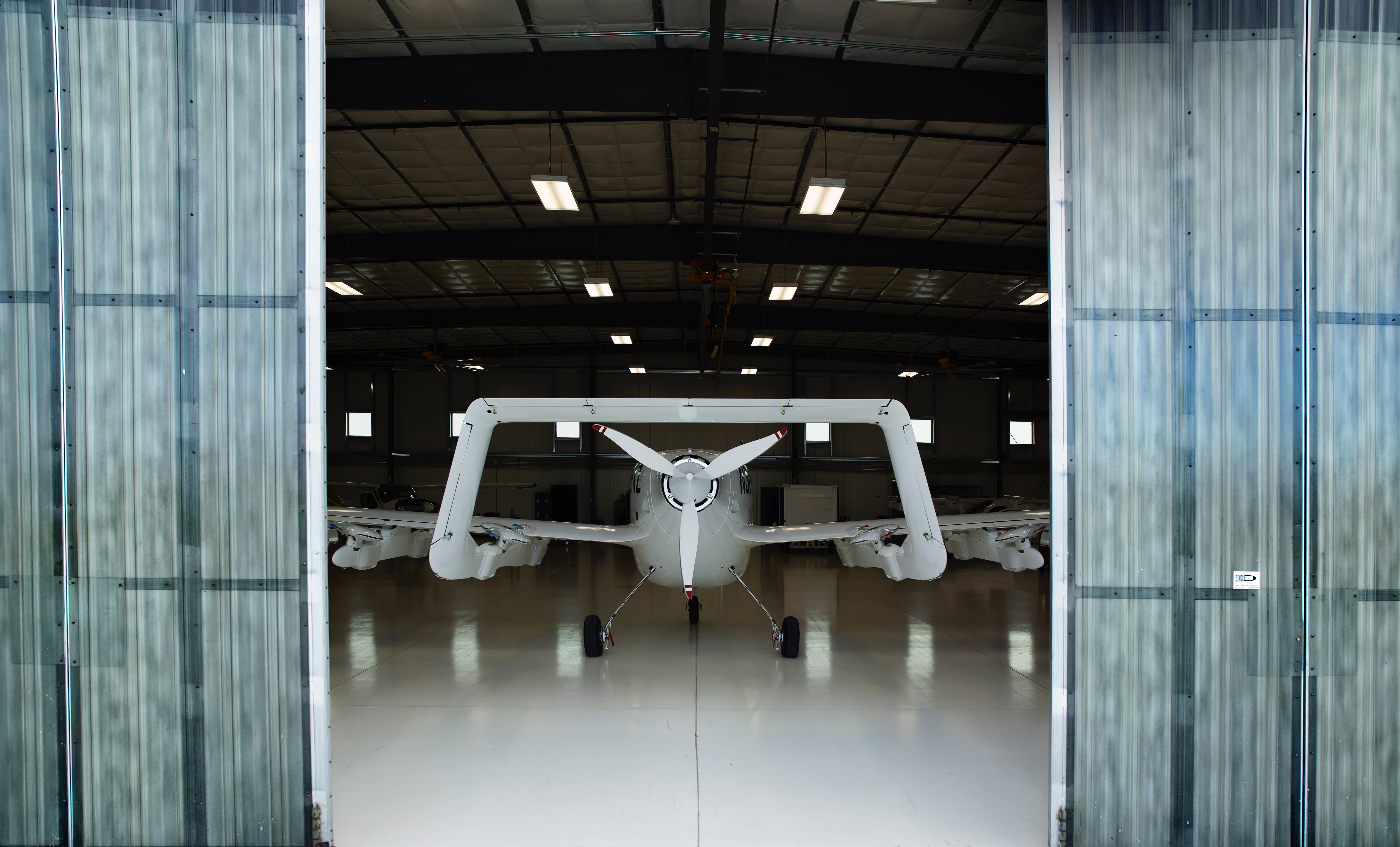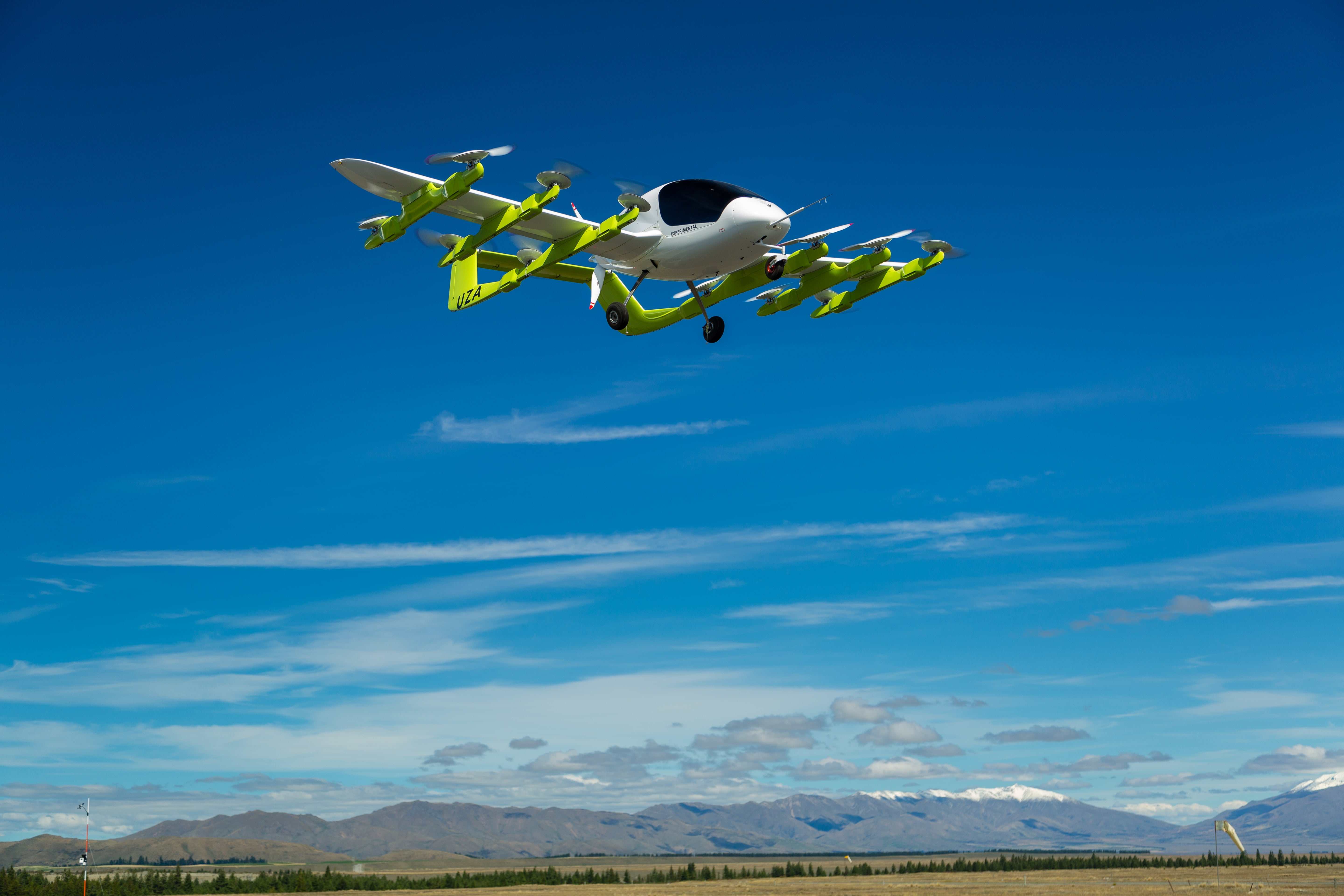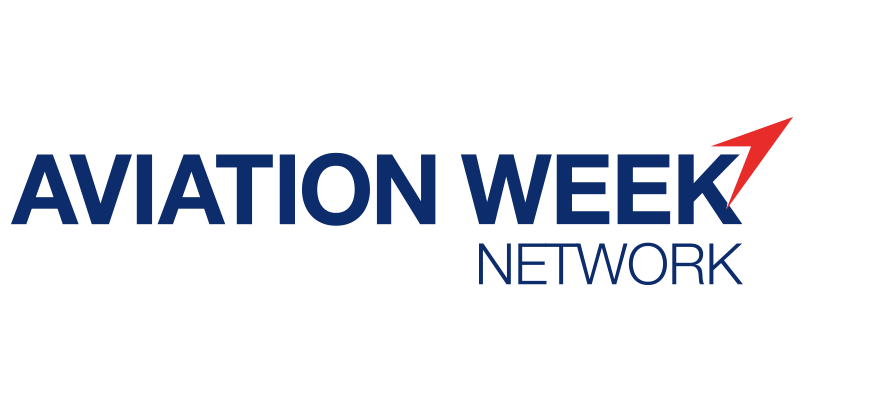Every revolution has a story. The right people, the right time and the right place coming together for something special. In 1903, it was the Wright Brothers in Kitty Hawk, North Carolina. The very same year, Richard Pearse took to the sky in New Zealand.
Our story starts with a group of dreamers from California with a big idea. To build the aircraft the world has been fantasizing about since Wilber and Orville––Marty’s Delorean, the Jetson’s Hovercar––an aircraft so personal it could weave the freedom of flight into our daily lives.
After almost 8 years of engineering, re-engineering and re-re-engineering, we had done it. We had designed an air taxi, affectionately named Cora, that could take off like a helicopter and transition to flying like a plane. The possibilities were limitless.
Cora had the potential to take off from a rooftop and hop across a city. To transform a parking lot into an airpad in your neighborhood. You wouldn’t have to know anything about flying a plane. Cora could fly for you. And it would be all-electric, helping to build a sustainable world.
It was time to take Cora out of R&D and start the process of bringing her to the world. Needless to say, we were excited. But there was a problem. A path to certifying an air taxi for everyday use just didn’t exist yet. We had our aircraft. We had our moment.

America in the early 20th century of the Wright Brothers was a hotbed of invention and discovery. The Model T. The first Flyer. Even the electric guitar. We needed a place that was just as bold and dynamic in order to bring Cora to the commercial market.
A place that could be more than just a willing airfield. That had a world class reputation in certification and regulation. And a government and society with an eye to the horizon. Whose people could be the first to experience the benefits of what we had come to call everyday flight. A true partner.
We quickly realized that there was only one place in the world that had everything we needed — Richard Pearse’s New Zealand. New Zealand’s Civil Aviation Authority has the respect of the worldwide regulatory community. A people who embrace the future. And a dynamic economy that could serve as a springboard for Cora.
But would they be interested? Would they care about our dream?
What we didn’t know was that New Zealand was also on a quest. They had already built one of the world’s most sustainable energy ecosystems –– with 80% of the country powered by renewable energy. And now they were looking to harness the benefits of the electric mobility revolution.
Finally, the dreamers from California met the visionaries from New Zealand. Zephyr CEO, Fred Reid, remembers the moment, “We had no idea what to expect. They could have laughed us out of the room. We were pitching something that sounded like science fiction.”

But Dr Peter Crabtree of New Zealand’s Ministry of Business, Innovation and Employment (MBIE) saw the opportunity immediately. “In New Zealand, we know we can’t keep using the same old approaches to meet our future challenges. We saw Cora’s potential as a sustainable, efficient and transformative technology that can enrich people’s lives, not only in New Zealand, but ultimately the whole world.”
What emerged was a deeper partnership than we had ever imagined. Together with MBIE, New Zealand’s Ministry of Transport and the Civil Aviation Authority were willing to work with us. And we discovered amazing communities like the City of Christchurch that were willing to engage with us about a future where the freedom of flight belongs to everyone.
We had found a community who shared our vision of a better world. Of a life where the sky connects us to the people and places that matter most. Even though we were at the very beginning of a long journey, things were looking up.




